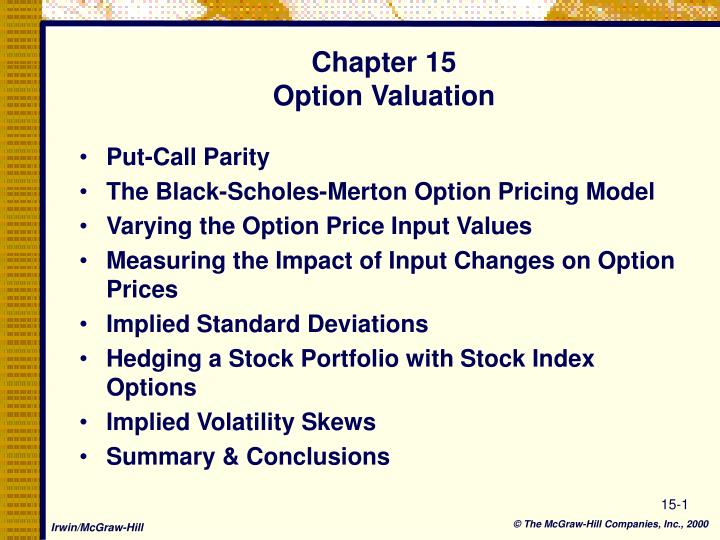

This ratio indicates the efficiency of a company at generating sales. Working capital is calculated by subtracting current liabilities from current assets, as listed on the company’s balance sheet. Current liabilities include accounts payable, taxes, wages and interest owed. The working capital turnover ratio helps us to assess the efficiency of a company’s operation, in particular working capital management. Working capital management is a practice that involves monitoring current assets, current liabilities, and cash flow to make sure that the company’s operation can run smoothly.

A company with a high asset turnover ratio operates more efficiently as compared to competitors with a lower ratio. Understanding asset turnover ratios is an important part of business management. It’s a measure that tells you how well your company uses its assets to generate revenue. This can be used as a benchmark for improvement or success over time. Asset turnover ratios are a measure of how effectively the company is using its assets to generate revenue.
Resources for Your Growing Business
Conceptually, the capital turnover therefore measures the proportion of a company’s sales generated per dollar of equity contribution. You can compare your company’s current asset turnover ratio with others in the same industry to see how you stack up. This is useful for evaluating your own performance as well as deciding where you need improvement. This tells us that for every dollar of assets the company has, it generates $1.10 in sales. A more complicated version of asset turnover is “fixed asset turnover”. This only counts the average dollar amount of fixed assets used each year to generate revenue.
The working capital turnover ratio is a measure of how efficiently a company is using its working capital to generate sales. Working capital turnover ratio is an analytical tool used to calculate the number of net sales generated from investing one dollar of working capital. This means that for every one dollar invested in working capital, the company generates $2 in sales revenue. A high working capital turnover ratio shows a company is running smoothly and has limited need for additional funding. Money is coming in and flowing out regularly, giving the business flexibility to spend capital on expansion or inventory.
The problem can be mitigated by using an average equity figure in the denominator. Low inventory to working capital turnover ratio implies that the company is not generating sales sufficient enough from the working capital available. The current ratio is a liquidity ratio that measures a company’s ability to cover its short-term obligations with its current assets.
Certain analysts prefer using the cost of selling goods instead of net sales as the numerator of the formula. They believe that the selling cost is in greater direct correlation to the efficiency of how the business uses working capital. However, some startups might have calculated their working capital turnover ratio at par. Although it’s not the best, there are plenty of options to improve this issue and eventually create an impressive turnover ratio. Thus working capital is the spare cash left to be reinvested in the business to increase sales.
A good asset turnover ratio depends upon your industry peers and how well similar companies are doing. A business that has higher asset turnover is considered to be more efficient. It’s using its resources to generate revenue better than lower-turnover companies. The average collection period measures how efficiently a company manages accounts receivable, which directly affects its working capital. The ratio represents the average number of days it takes to receive payment after a sale on credit. It’s calculated by dividing the average total accounts receivable during a period by the total net credit sales and multiplying the result by the number of days in the period.
It is only appropriate to compare the asset turnover ratio of companies operating in the same industry. We can see that Company B operates more efficiently than Company A. This may indicate that Company A is experiencing poor sales or that its fixed assets are not being utilized to their full capacity. The asset turnover ratio measures is an efficiency ratio that measures how profitably a company uses its assets to produce sales. It is important to look at the working capital ratio across ratios and compare it to the industry to analyze the working capital.
Working capital means monetary resources to fund the daily functioning of the company. It is the difference between the current assets and current liabilities of the company. Calculate the average current assets and average current liabilities. If keeping track of all these variables sounds complicated to you, don’t worry, just put all the numbers into our working capital turnover ratio calculator to get your answer. We can see this in action in the next section where we analyze the working capital turnover ratio formula example. An organization’s working capital ratio measures its short-term financial health and efficiency.
- Hence, they’re taking longer to be converted into cash leading to sales on credit.
- Working capital ratios between 1.2 and 2.0 indicate a company is making effective use of its assets.
- Efficient management of working capital will lead to less financial cost and lesser unnecessary expenses and diversions.
- It is the difference between the current assets and current liabilities of the company.
Capital turnover is a measure that shows how efficiently a specific business uses its financial resources to generate sales and gain revenue. It aims at revealing the potential profit a company can bring with the given funds for its day-to-day operations. The accounts payable turnover ratio measures the speed with which a company pays off its suppliers. The asset turnover ratio is a measure of a company’s ability to utilize its assets for the purpose of generating revenues. Also, proper legal compliance increases the market reputation, and investors’ attraction towards investment increases, which results in a higher capital turnover ratio.
Everything You Need To Master Financial Modeling
In a brief overview, assets are the things your business owns, including cash and stocks. In contrast, liabilities relate to the amount your company owes to creditors, such as the accounts payable and salary. It signifies how well a company is generating its sales concerning the working capital. The two variables to calculate this ratio are sales or turnover and a company’s working capital. The company’s working capital is the difference between the current assets and current liabilities of a company. High working capital turnover ratio is an indicator of efficient use of the company’s short-term assets and liabilities to support sales.
Examples For The Calculation Of The Working CapitalWorking capital is the amount of money required by a business to finance its day-to-day operations. As an example, a manufacturer’s working capital of $100,000 is calculated by subtracting current liabilities of $200,000 capital turnover ratio can be calculated by from existing assets of $300,000. A negative working capital turnover ratio means that the company is not generating sales sufficient enough from the working capital available. This can be a sign that the company is not efficient in its use of working capital.

Thus, there is a mismatch between the time period covered in the numerator and denominator.
Current Liabilities, Is A Balance Sheet ItemCurrent Liabilities are the payables which are likely to settled within twelve months of reporting. They’re usually salaries payable, expense payable, short term loans etc. INVESTMENT BANKING RESOURCESLearn the foundation of Investment banking, financial modeling, valuations and more. Days payable outstanding is a ratio used to figure out how long it takes a company, on average, to pay its bills and invoices.
Turnover Ratios Formula in Excel (with Excel Template)
Keeping an inventory of your products is crucial for any product-selling company. However, it can be difficult to transfer the product if you’re overcommitting. Although it’s not a major problem over the long term, stockpiling could cause issues with cash flow in the short term. It is beneficial to keep track of the ratio of working capital turnover over a short time because this allows management to determine improvement over time.
Relevance and Uses of Working Capital Turnover Ratio
A higher ratio generally signals that the company generates more revenue with its working capital. When the current assets are higher than the current liabilities, the working capital will be a positive number. If the inventory level is lesser than the payables, then the working capital is low, which is in this case. A good working capital turnover ratio is high and indicates that the company is using its short-term assets and liabilities to support sales.
You should always keep your financial statements and reports updated. It allows you to be aware of your company’s financial position and find out what requires improvement. Remember, meeting all debt obligations is critical for good business functioning. They allow you to avoid a delay in payments that might result in a penalty. Now that we have set that straight, let’s proceed to calculations of capital turnover.
Similarly, a lower ratio depicts poor management of short-term funds. But an extreme higher ratio may also have drawbacks attached to it. The asset turnover ratio for each company is calculated as net sales divided by average total assets. Working capital is the money in the business that is used to run its daily operations.
This is useful in industries where companies have large amounts of expensive machinery that sits idle for most of the year. Using average assets gives a better estimate of how effective they are at producing revenue. They can also be used internally by managers to evaluate their various divisions.
A higher percentage indicates an excellent business’s financial future since the money spent will produce a high percentage of net sales. Its Short Term AssetsShort term assets are the assets that are highly liquid in nature and can be easily sold to realize money from the market. They have a maturity of fewer than 12 months and are highly tradable and marketable in nature.
The working capital turnover indicator may also be misleading when a firm’s accounts payable are very high, which could indicate that the company is having difficulty paying its bills as they come due. In order to calculate the turnover ratio, a company’s net sales (i.e. “turnover”) must be divided by its net working capital . Capital Turnover is a financial ratio that measures the efficiency at which a company can utilize its equity funding to generate sales. Coca-Cola has sales of $27 billion, average total assets of $25 billion, and net income of $3.7 billion.
At its core, a capital turnover is calculated to try and represent and understand the amount of stockholders’ equity that needs to be invested into a business in order to generate net positive sales. Companies that specialize in software as a service have very high capital turnovers because the equity required to start is extremely low. Enter the total annual sales of a business, and the total amount of stockholders’ equity into the calculator to determine the capital turnover.



